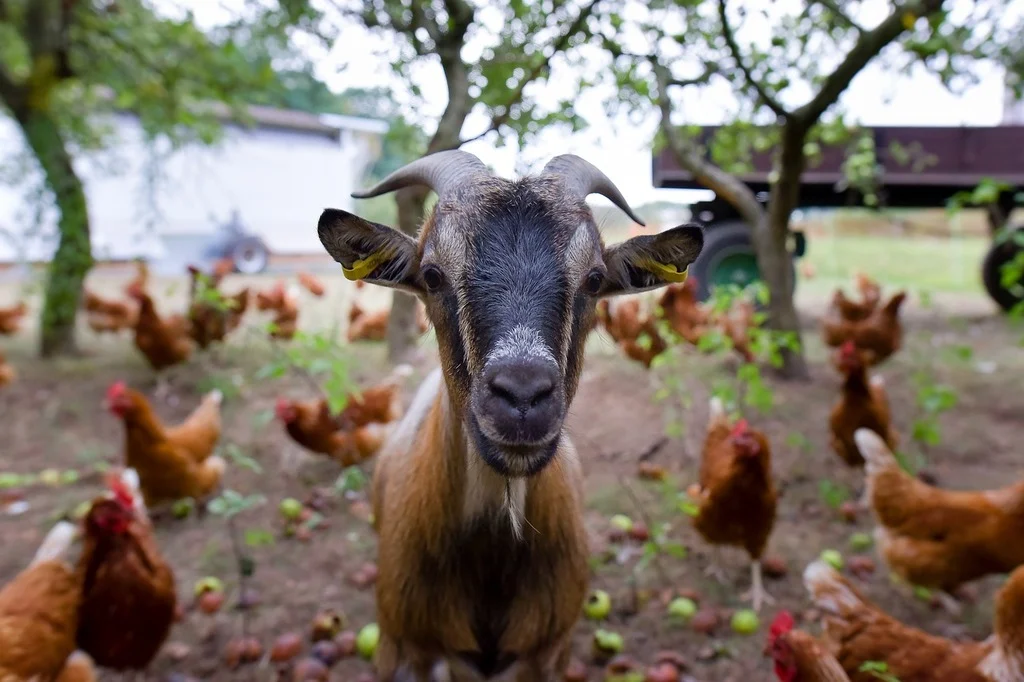March 21, 2024
HPAI detections continue to trickle in as vernal migration ramps up, with waterfowl moving to summer locations to give birth and raise offspring. Producers should evaluate overall biosecurity implementation on their farms in preparation for the coming migration as temperatures begin to warm across the country. Since February 2022, 80.02M birds have been affected, with HPAI detected on 1,113 flocks. Of those, 473 are commercial and 640 are backyard flocks. Wild bird detections continue to trickle up, with a total of 9,181.

Notably, the most recent detection was of neonatal goat kids on a farm in Stevens County, Minnesota; the goats showed unusual neurological signs. That same farm was the site of a backyard poultry flock infection, which APHIS confirmed on Feb. 27. According to reports, the goats shared a pasture and water source with chicken and ducks on an infected farm and began to kid immediately following the depopulation of the birds on the farm. Samples from the sick goats were tested at the USDA National Veterinary Services Laboratories, which confirmed the presence of an H5N1 variant of HPAI in the goats. Ten goats were affected; five of which died. There were 165 susceptible goats on the farm. This is the first detection of domestic goats in the US in the outbreak, but 212 other mammals have been detected with the HPAI virus throughout the outbreak. For a comprehensive list of mammal detections, click here.
The most recent table egg flock was reported on Feb. 23, 2024, in Dallas County, Missouri. It was confirmed for highly pathogenic avian influenza (HPAI). The detection in a flock of 20,300 layers was posted as a WOAH Poultry Premises on the APHIS Website. Although limited at this time, the continued findings remind us that everyone must remain vigilant in biosecurity practices as spring migration is quickly approaching with warmer temperatures. UEP staff and consultants will continue monitoring the outbreak and providing updates as they are made available.
View the 2022-2024 Confirmations of Highly Pathogenic Avian Influenza in Commercial and Backyard Flocks here.
Track 2022-2024 Detections of Highly Pathogenic Avian Influenza in Wild Birds here.
For video, photos and other resources, view Resources.
For media inquiries or
interview requests, contact Hinda Mitchell.